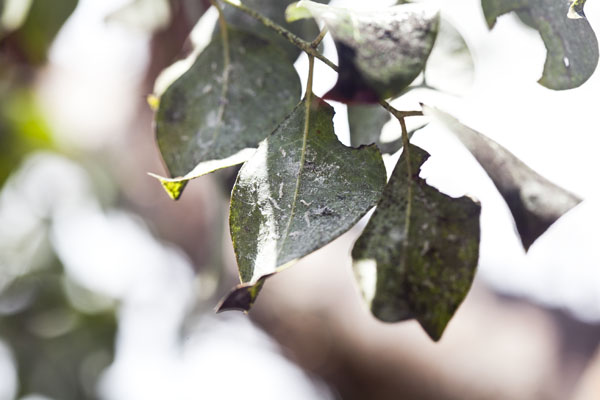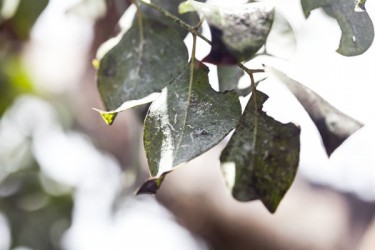

White, winged creatures are invading Miami-Dade County.
The Gumbo Limbo Spiraling Whitefly is a small insect that has been attacking gumbo limbo trees in Miami, including those on the University of Miami Coral Gables campus. Although the university has been dealing with the issue since last summer, the fly has been difficult to eliminate and has been leaving excretions on cars parked in lots by Eaton Residential College, the Memorial Building, the School of Communication and the ROTC building.
“There’s always a powedery film on my car,” freshman Stephanie Montarroyos said. “I wash my car and the next day it’s already full of stuff when I get to school and it takes forever to clean off.”
According to research done at the University of Florida, the flies feed on the underside of leaves with needle-like mouthparts. These flies can injure plants by sucking out their nutrients, causing wilting, yellowing, stunting, leaf drop or death. There are more than 75 different types of whiteflies reported in Florida.
The whitefly leaves waxy material covering leaves and produce a sugary, honeydew substance that looks powdery and causes the growth of sooty mold. This mold can turn black and stick to cars.
According to university administration and some students, the flies don’t cause very much damage to cars.
“We understand that some cars in our parking lots near infested areas are experiencing an accumulation of residue. In fact, this can be easily washed off,” Norton said.
Junior Gustavo Lang who parks in the Eaton lot has noticed the residue on the cars, but believes the major problem comes from the sap the olive trees secrete onto cars.
“For me, the whitefly hasn’t been a particular issue,” Lang said. “It’s nothing that hosing down or using windshield wipers can fix. I know we have olive trees in the Eaton parking lot and those trees are notorious for being pretty filthy. That stuff is like a sap, I can see that causing damage.”
The whitefly, believed to originate in Central America, was first found on the North American Continent in Miami-Dade county in March 2009. UM has been addressing the problem since last summer.
“We consulted with the appropriate authorities including the University of Florida/Miami-Dade County Extension Service on the most effective and least obtrusive methods of combating this nuisance,” said Georgia Norton, UM facilities administration manager. “The protocol is multifaceted, and involves spraying, drenching, etc. as needed.”
According to the UF research, spraying the plants with insecticides can control the infestation as long as several applications are used 7-10 days apart. Yet, one of the more effective methods of dealing with the flies is planting an insecticide directly in the soil and allowing it to travel up the roots of the plant to the leaves, which the flies will eat from.
Sophomore Ryan Aquilina has also had bad experiences with the whiteflies, but in a less expected location. According to Aquilina, a group of flies landed on his laptop as he was studying in the law school courtyard. While he had no idea that the flies were part of a larger issue affecting Miami-Dade, he said the flies left a sticky residue on his laptop that was difficult to remove.
“I’ve seen them and they’re evil,” he said.
Alexandra Leon may be contacted at aleon@themiamihurricane.com.





